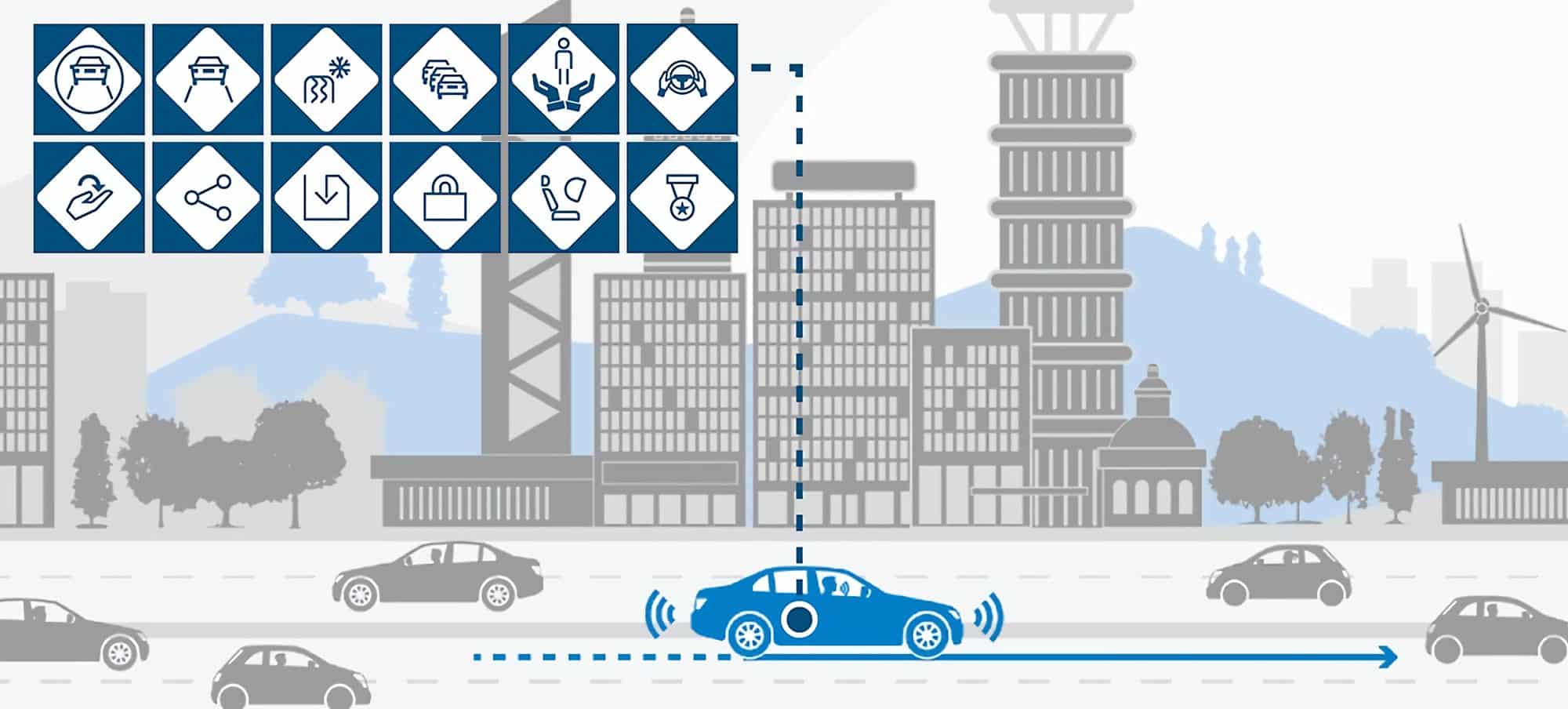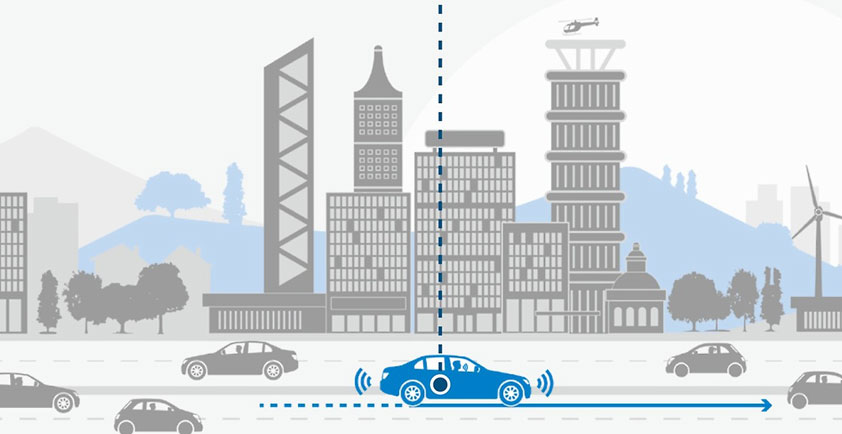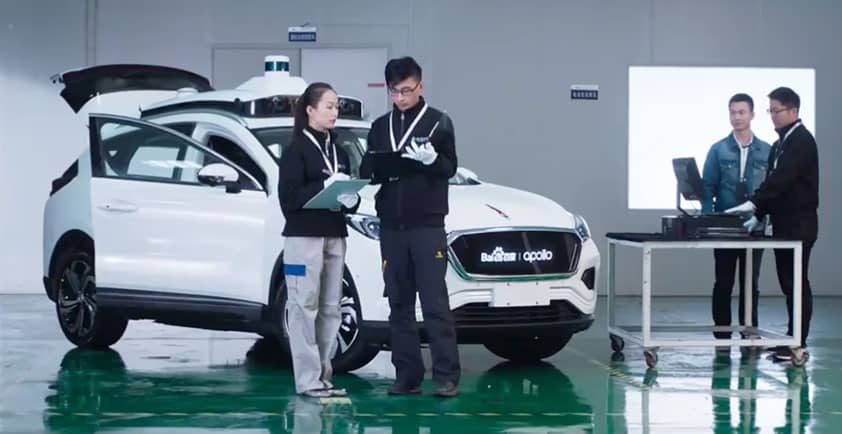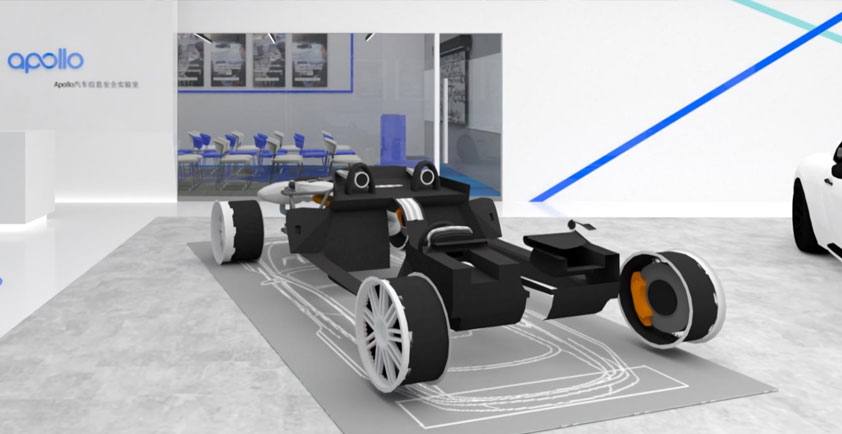

“SAFETY FIRST FOR AUTOMATED DRIVING” (SAFAD) WHITE PAPER EMPHASIZES THE IMPORTANCE OF SAFETY BY DESIGN FOR AUTOMATED VEHICLES
DATELINE – Emphasizing safety by design, 11 industry leaders across the automotive and automated driving technology spectrum today published “Safety First for Automated Driving,” (SaFAD), a non-binding organized framework for the development, testing and validation of safe automated passenger vehicles.
These 11 leaders — Aptiv, Audi, Baidu, BMW, Continental, Daimler, FCA US LLC, HERE, Infineon, Intel and Volkswagen — comprise the broadest representation across the industry and have published, to date, the largest report on how to build, test and operate a safe automated vehicle.
The SaFAD white paper authors’ purpose is to emphasize the importance of safety by design, along with verification and validation, as the industry works toward creating standards for automated driving.
For the first time, SaFAD offers automated vehicle (AV) developers and operators a system for clear traceability that proves AVs to be “safer than the average driver” through components such as cameras or steering systems.
It is also the first time presenting a summary of widely known safety by design and verification and validation methods of Level 3 and Level 4 automated driving as defined by the SAE (J3016).
The foundation of the SaFAD white paper is its 12 Guiding Principles, which are further refined into capabilities of the automated vehicle, from which safe-by-design elements are derived to support the capability and achieve the guiding principles. “Safety First for Automated Driving” combines the expertise from key companies in the automaker, supplier and technology industries to help direct development of safe automated vehicles.
Interest and development of automated driving technology has grown at a dramatic rate the past several years, fueled by the goal of reducing fatalities related to vehicle crashes, improvement of traffic flow and the introduction of new mobility concepts. This rapid growth brings a wide range of development methodologies from established companies and the growing roster of new enterprises.
With publication of “Safety First for Automated Driving,” authors and experts from each of the participating partners will present the group’s work at industry and technology conferences internationally over the next several months.
The foundation of the “Safety First for Automated Driving” white paper are its 12 Guiding Principles:
> Safe Operation: How the system reacts if critical components become unstable or cease functioning
> Safety Layer: The system recognizing its limits and minimizes risk in returning control to the driver
> Operational Design Domain (ODD): The operating conditions in which the system is designed to function
> Behavior in Traffic: The system behavior needs to be easy to understand and predictable for surrounding road users
> User Responsibility: The user’s state must be suitable for a takeover procedure
> Vehicle-Initiated Handover: If the driver does not comply with a takeover request, the automated driving system must perform a maneuver to minimize risk.
> Driver-Initiated Handover: Activating and deactivating the automated driving system shall require an explicit driver’s intent
> Effects of Automation: Overall evaluation of system safety shall take automation effects on the driver into account
> Safety Assessment: Verification and validation shall be used to ensure that the safety goals are met
> Data Recording: When an event or incident is recognized, automated vehicles shall record relevant data in a manner that complies with applicable privacy laws
> Security: Steps shall be taken to protect the automated driving system from security threats
> Passive Safety: Vehicle layout shall accommodate changes to crash scenarios brought about by vehicle automation












